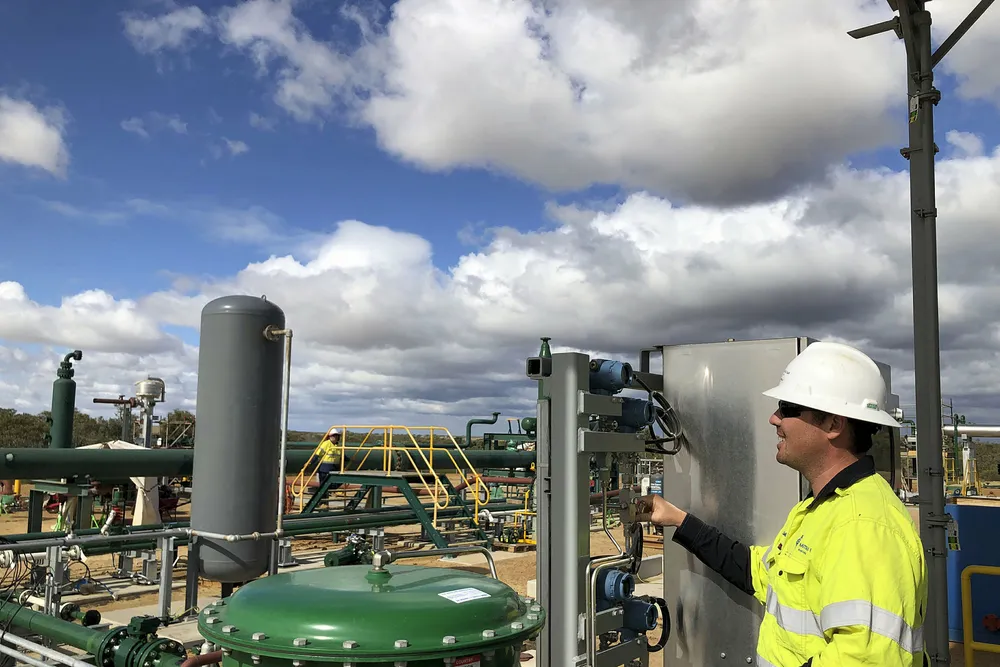Green recovery: Energy transition poised to power future job growth
Although widespread job cuts are a worry for many oil and gas workers, industry groups and a recruitment firm say the energy transition is likely to bring new opportunities

Although widespread job cuts are a worry for many oil and gas workers, industry groups and a recruitment firm say the energy transition is likely to bring new opportunities
